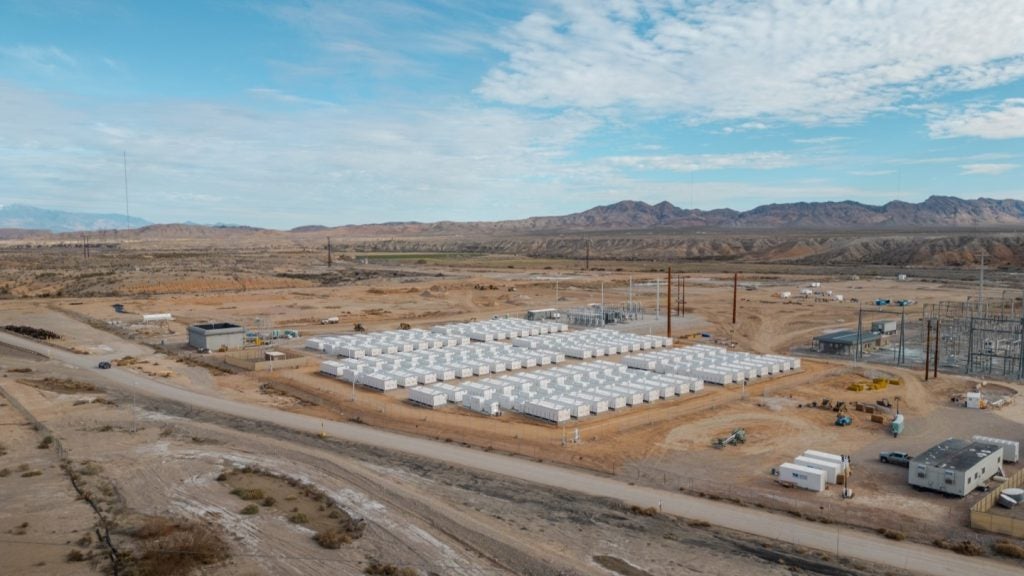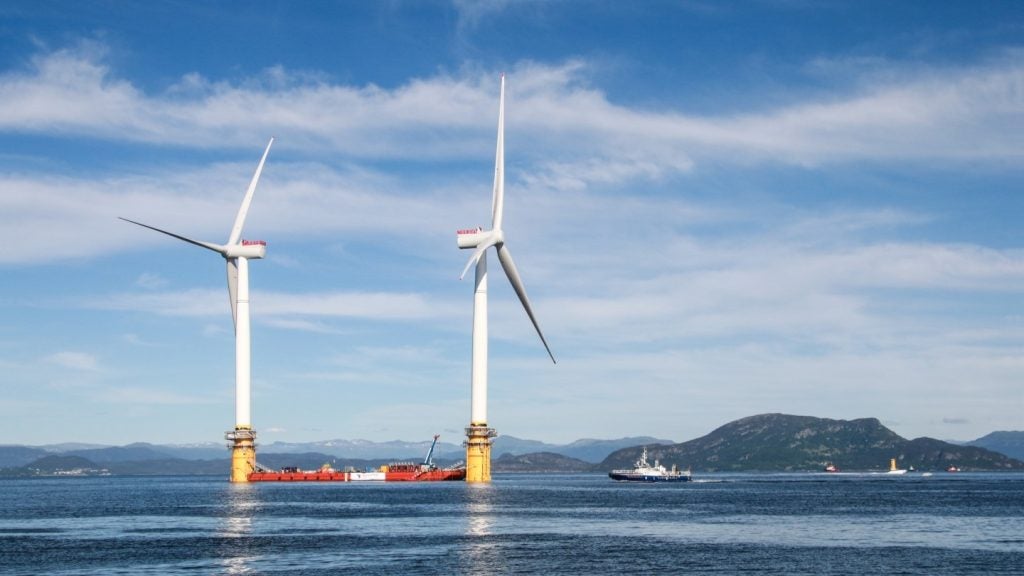

During his first presidential campaign in 2008, Barack Obama thrilled environmentalists by touting the prospect that investment in clean energy could generate as many as five million "green jobs".
Four years and $90bn of renewable energy investment later, electricity generation from wind and solar power had more than doubled – but US sustainable energy jobs had not. Wind employment actually shrank, while direct jobs in the solar sector increased by just 28% between 2010 and 2012.
For advocates of clean energy, the failure to translate that initial optimism into real jobs was a bitter blow. For critics, notably Republicans with ties to the US coal industry, the figures proved that renewables were expensive and unreliable, and that instead the US must leverage its position as the world’s premier producer of natural gas to secure US jobs, energy supplies and economic growth.
Now, as President Obama approaches the end of his tenure in the White House, his belief that a firm business case can be made for clean energy generation is finally being rewarded with solid numbers.
The International Renewable Energy Agency (IRENA) ‘Renewable Energy and Jobs – Annual Review 2015’ reveals that global employment in the sector reached an estimated 7.7m in 2014, up 18% from 2013. The solar PV sector accounted for 2.5m jobs, while wind employment topped one million.
How well do you really know your competitors?
Access the most comprehensive Company Profiles on the market, powered by GlobalData. Save hours of research. Gain competitive edge.

Thank you!
Your download email will arrive shortly
Not ready to buy yet? Download a free sample
We are confident about the unique quality of our Company Profiles. However, we want you to make the most beneficial decision for your business, so we offer a free sample that you can download by submitting the below form
By GlobalDataSee Also:
"On average, renewable energy technology creates more jobs than fossil fuel technology," states Dr Rabia Ferroukhi, deputy-director of knowledge, policy and finance at IRENA. "Solar PV, for example, creates at least twice the number of jobs per unit of electricity generated than coal or natural gas.
"IRENA’s Renewable Energy Roadmap (REmap) 2030 estimates that doubling the share of renewable energy in the global mix by 2030 would, at a conservative estimate, create 17m jobs by 2030."
Eastern promise: China dominates manufacturing, Bangladesh and Japan rally
The IRENA report identifies several salient global trends, most notably that the regional shift to Asia in general, and China in particular, is gathering pace, particularly when it comes to manufacturing.
China leads the world in renewable energy employment, accounting for two-thirds of the 2.5m jobs in the burgeoning solar PV sector. Solar PV jobs also spiked in Japan, while decreasing in the EU.
"Deployment is picking up in the East, particularly in Japan and China, which are the key markets in solar PV, and employment figures have increased significantly," confirms Ferroukhi. "Solar PV manufacturing is increasingly concentrated in China, Malaysia and other hubs in the East, where manufacturers enjoy competitive advantage and attractive government policies."
What skills does it take to cope with towering structures and unpredictable wind supply?
"Several countries in the Far East including China, Indonesia, Thailand and Malaysia have also been making significant strides in terms of biofuels job creation; for example, Indonesia’s labour-intensive palm oil-based biodiesel industry now accounts for well over 220,000 jobs.
"However, Brazil and the US remain the key employers and producers in this sector. Brazil has the largest workforce at around 845,000, and job losses in the ethanol industry due to increased harvesting mechanisation were more than offset by jobs growth in biodiesel. The US produces more biofuels than Brazil but has smaller workforce due to the mechanised nature of the value chain."
Ferroukhi also cites the rural electrification revolution taking place in Bangladesh, where 115,000 renewable energy jobs have been created as part of the solar home systems (SHS) programme.
"Two countries especially stand out in the report – Japan and Bangladesh," she says. "The SHS programme in Bangladesh has equipped 3.8m homes and created 115,000 jobs, plus an estimated 50,000 ‘induced’ jobs in the downstream industry thanks to the availability of electricity."
"In Japan, where the feed-in tariff for solar deployment led to 7GW and 9.7GW of additional capacity in 2013 and 2014, respectively, solar PV employment more than tripled between 2012 and 2013, and is likely to have increased in 2014"
China accounts for half of the one million wind industry jobs worldwide, but the offshore industry is also expanding in Europe, employing 75,000 people in 2014. There’s also been an uptick in the US jobs markets as the wind industry finds its feet after uncertainty around government tax breaks.
"The lack of stability in the US Government’s subsidy policy resulted in fluctuations in capacity and deployment, and subsequently in job creation," explains Ferroukhi. "Wind energy employment rose in 2014 to an estimated 73,000, compared with 50,000 in 2013. The uncertainty around production tax credits is very revealing in terms of its impact on turbine deployment and the jobs market."
Value judgements: government policy and the renewable energy value chain
Manufacturing and deployment may be important market drivers, but a cross-sectional approach to renewable energy policy that incentivises local industry as well as education and research is also key.
"IRENA has noted that countries are increasingly linking deployment policies with local content requirements (LCRs) in order to create domestic industries and jobs," Ferroukhi says. "For example, the wind energy industry in Brazil introduced LCRs and manufacturers in the country increased from one to 10 in seven years, and employment grew significantly as a result.
"Investment promotion mechanisms are also extremely important. Conducive industrial policies in Malaysia, for example, meant it was the world’s third-largest PV panel producer in 2014, creating around 18,000 jobs. Maximising job creation relies on a combination of deployment, industrial and research policies – and education to prepare the labour force for future renewable development."
Ferroukhi also emphasizes the importance of job creation along the entire renewable energy value chain, which encompasses everything from equipment assembly to distribution and after-sales service.
"Employment opportunities arise all along the renewable energy value chain and it is so important that nations identify what their specific economies can offer before deciding which segment to focus on," she says. "For example, solar PV manufacturing in China accounts for 79% of the jobs and installation for 20%. In the US, it’s the opposite; manufacturing is 24% and the rest is installation."
"Countries must look at the available resource endowment, the industrial base, and the potential size of both regional and national markets in order to incentivise local industry and create jobs."
"Take Saudi Arabia," she continues. "The country is prepared for, and engaged with, the renewable energy sector. It may take some time but ultimately it will happen because the economic case is there and Saudi Arabia has no choice; it knows it cannot keep burning oil for another generation."
"The intention is to create a local renewable industry through LCRs and other industrial policies. It has an established market and an industrial base, and could potentially export to other MENA countries such as Morocco."
"The ambitious vision outlined by the Indian Government is also interesting. The renewable policy mix means they are on their way to deploying 100GW of solar PV and 60GW of wind capacity by 2022. If they achieve that goal, it will create one million solar PV jobs and 200,000 for wind."
Vital statistics: report methodology and defining green jobs
Defining what constitutes a renewable energy job is notoriously tricky. A 2013 report from the US Bureau of Labor Statistics estimated the number of green jobs to be 3.4m in 2011; however, those in the private sector included everything from petroleum and coal-products manufacturing to logging.
I conclude by asking Ferroukhi to explain the methodology employed in the 2015 review, including the gathering of employment information from ‘primary’ and ‘secondary’ data sources.
"Primary data came from government entities – ministries in member countries, statistical agencies, and industry representatives in collaboration with national labour market experts – while secondary data sources were drawn from a range of regional and local studies.
"We also expanded the geographical scope this year, adding 11 countries to the database to make a total of 70; that’s about 85% of total energy consumption. It is noteworthy that jobs in these new countries were just 8% of the 1.1m additional jobs in 2014, meaning that jobs are concentrated in certain countries."
The 2015 review, the second such report published by IRENA, identified 1.5m large hydropower jobs, the first-ever global employment estimate for one of the world’s most important energy sectors.
"Until now employment statistics have excluded the sector, for the simple reason is that it is difficult to obtain job data at the national or project level.
"However, no one sector is a panacea or can act as a solution in terms of clean energy employment. IRENA’s REmap 2030 goal of doubling the share of renewable energy in the global mix by 2030 will not happen unless we have leaders and policy makers who develop forward-looking strategies designed to incentivise renewable deployment to its full potential."








